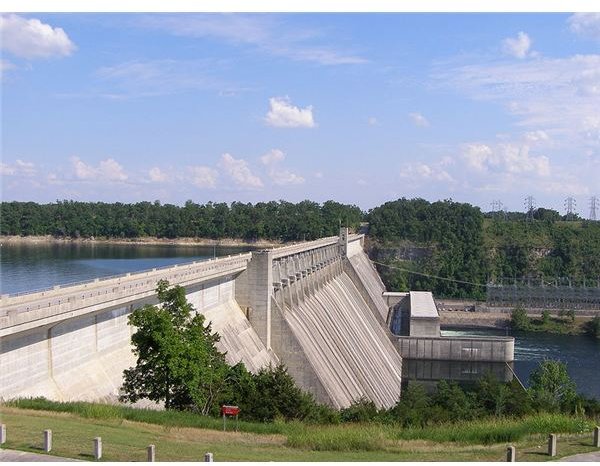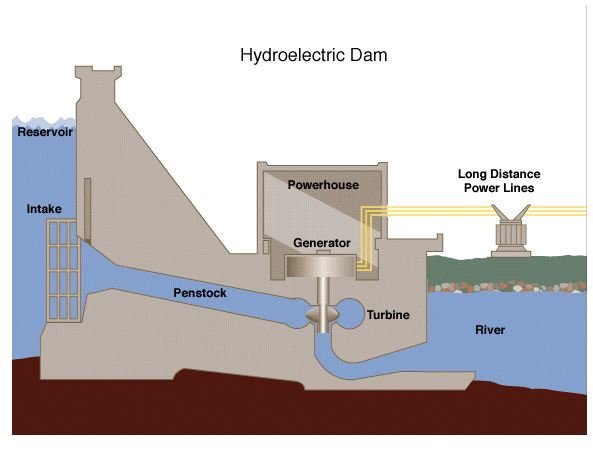What are the Negative Effects of Building Large Hydroelectric Dams?
Dams are built all over the world to control floods, store water and for the generation of electricity. Until now some 800,000 dams have been constructed worldwide. However, many negative effects of large hydroelectric dams have come to light, slowing the progression of future dams.
Not all dams are constructed for the generation of electricity. Some of them are just for the storage of water for the dry months. There are different types of hydroelectric power plants, and not all require a reservoir of water. Here are three of the main types:
- Storage type hydroelectric power plants with dams for collecting and storing water. Water can be stored for summer months or for dry years, depending on the capacity of the reservoir.
- Run of the river type of hydroelectric power plants that do not collect water but are built on rivers which have a good flow and natural rivers coming from a height having good potential energy.
- Pumped storage types of hydroelectric power plants where water is pumped up to a reservoir in off-peak hours and electricity is generated in peak hours to supplement the production. It is like a storage facility for electricity.
Advantages of Dams
- Clean, efficient, and reliable form of energy.
- Does not emit any direct pollutants or greenhouse gases.
- While the initial cost is high, they are very inexpensive to operate.
- Electricity generated by hydro-electric power plants is the cheapest electricity generated.
- Dams prevent floods.
- Dams store water for irrigation in summer seasons and dry months. Many desert areas can now farm due to dams and canals that supply water.
- Dams supply water for local drinking needs.
- Allows for fish farming.
Negative Impact of Dams
- In flat basins large dams cause flooding of large tracts of land, destroying local animals and habitats.
- People have to be displaced causing change in life style and customs, even causing emotional scarring. About 40 to 80 million people have been displaced physically by dams worldwide.
- Large amounts of plant life are submerged and decay anaerobically (in the absence of oxygen) generating greenhouse gases like methane. It is estimated that a hydroelectric power plant produces 3.5 times the amount of greenhouse gases as a thermal power plant burning fossil fuels.
- The migratory pattern of river animals like salmon and trout are affected.
- Dams restrict sediments that are responsible for the fertile lands downstream. Farmers use chemical fertilizers and pesticides to compensate for the loss in productivity.
- Salt water intrusion into the deltas means that the saline water cannot be used for irrigation.
- Large dams are breeding grounds for mosquitoes and cause the spread of disease.
- Farmers downstream who used to wait for the flooding of the fields to plant their seeds are affected.
- Dams serve as a heat sink, and the water is hotter than the normal river water. This warm water when released into the river downstream can affect animal life.
- Peak power operations can change the water level thirty to forty feet in one day and can kill the animals staying at the shorelines.
- Around 400,000 km2 of land worldwide has been submerged due to the construction of dams.
Solution to the Problems

Negative effects on flora, fauna, and the local population can be reduced by the following methods:
- Fish passages should be created to aid in the migration of the fish.
- New dam sites should be chosen with the environmental impacts in mind.
- Local people should be led into confidence and must be suitably re-settled.
- Proper compensation as per the market rate should be given.
- Religious monuments of historic significance should be shifted.
- Endangered species can be relocated.
If the political will to change and do a good job is there a dam can be constructed in a way to minimize its effects on people and the environment.

